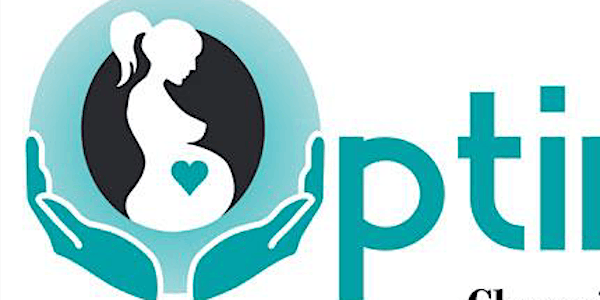Biomechanics training - what it offers
One of the main reasons for interventions is labour dystocia, also known as ‘prolonged
labour’ or ‘failure to progress’. The most common reason for dystocia is a mechanical
imbalance often but not always resulting in a suboptimal position. The course explores how
to identify labour dystocia and how to resolve it using physiology informed solutions.
The course offers an in-depth understanding of how the pelvis works during the birth process
and improved diagnostic tools to identify dystocia. This knowledge allows midwives and
doctors to develop powerful tools to reduce the need for medical intervention. It offers simple
movements and positions to help resolve the problems caused by malposition and also
raises questions about our own routine assumptions and practice in intrapartum care.
It builds:
● deeper understanding of pelvic anatomy and physiology, pelvic dynamics, the
mechanical relationship between the pelvis and the rest of the body
● the dynamic interaction of the mother /baby dyad
● recognising activities and lifestyles that increase the chances of labour dystocia,
● learning observational tools to recognise signs of a mechanical disruption in the birth
process
● learning techniques and positions, based on the principles of biomechanics, that
increase space in the pelvis and avoid medical interventions.
● understanding the nature of institutional obstacles to physiological birth
